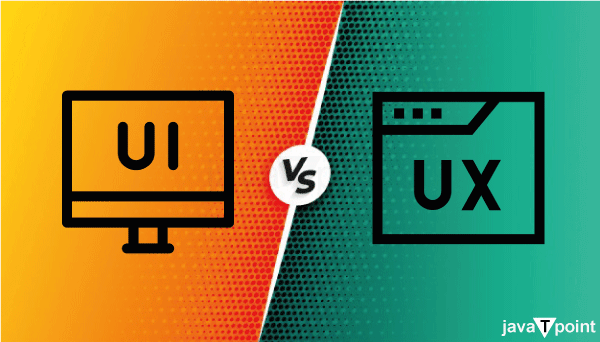Differences between UX (User Experience) design and UI (User Interface)IntroductionThe main difference between UX (User Experience) design and UI (User Interface) design, as shown above in the text is that their fields of operation differ from what they focus on. UX design is a broad field that includes research, testing, development, content strategy and prototyping. The aim is to maximize the total user journey and experience in attempting to solve a specific problem. Contrastingly, UI design is more specific and mainly focuses on the visual elements as well as interactive features of a product's interface which highlights how some surfaces look alike or respond. 
As far as total experience UX design presents a holistic approach that goes beyond the boundaries of the screen. It addresses the entire user journey, aiming to improve every contact point in a person's relationship with a product. On the other hand, UI design is much more specific and involves mainly visuals and information around screens. However, its major focus is based on the aesthetic and functional aspects of interface elements. In addition, the underlying principles of UX and UI design differ. UX design stems from understanding the needs and objectives of the customer, shaping business intentions through user demands for a coherent outcome. On the contrary, UI design is driven by its users' needs and a wealth of research which focuses on developing an appealing user-friendly interface while considering aspects like layouts, color schemes typography and interactive elements. Finally, while UX and UI design typically work closely together, their roles in the overall design process are fundamentally different. The emphasis of UX is on improving the user experience and resolving issues associated with end users, whereas UI focuses in the area visual and interactivity aspects within a product interface. Both are irreplaceable in developing a product that works and is easy to use. UX (User Experience)The UX design includes the totality of user experience that relates to a particular product. The topic includes all aspects of the improvement and development process for relations between users and companies. UX design aims to develop and improve the customer experience with regards products or services offered by an organization. Process has subsequent development and improvement phases in order to create the positive meaningful relationship between user and company's offering. UI (User Interface)While, User Interface design is a specific domain of the process dedicated to developing interfaces for software or computerized devices especially focused on appearance and style. UI design is short for User Interface. The main goal of UI design is to achieve and further develop the communication between the user and a software or digital appliance. In this instance it is mostly employed by digital industries where they act as the graphical element on UI and which directly interact with users. In the world of UI design, this is a process that enhances structure and visual elements of products by designing buttons text images colours shapes designs in addition to other interactive components. It is developed to have good visual appeal alongside ease of navigation that enables seamless interaction between the user and software or any other digital device. As a whole, ux design is concerned with the user experience; whereas ui design specifically targets visual detail and style of an interface to provide such pleasing interaction for people. UI vs. UX
UX Designer Responsibilities
UI Designer Responsibilities
UI and UX used interchangeablyThe substitution ability of the words UX (User Experience) and UI (User Interface ) is a fact that has often been observed in discussions within corporate circles. UX and UI have become common buzzwords in the industry, which is why people tend to mix these terms or use them interchangeably. This interchange ability may arise from numerous causes such as ignorance of the subtle differences between the two fields, blurring roles in particular jobs or simply mentioning overall design and implementations as UI/UX. UX design and UI design are separate disciplines with specific roles, but a lax use of the terms together is suggestive of their big-picture role in making user experience desirable. In fact, UX design is not limited to just the user journey and overall experience but includes all aspects of UI. With the development of UI/UX design, it is essential for designers and organizations to have a proper understanding what UX designer roles play in human-cantered designing. Realizing and valuing the uniqueness of these fields may result in more successful partnerships as well as products and services that actually put quality user experience first. ConclusionOn the concluding note, UX (User Experience) and UI (User Interface ) have become interchangeable terms throughout corporate circles. Although they play different parts in the design process, these terms are often used interchangeably to represent a wider perception of their combined effects on producing quality user experiences. UX design addresses the end-to-end user path and problem resolution whereas UI design emphasizes on the visual aspects as well as interactions in a product's interface. With the advancement of UI/UX design, we should know that each discipline plays a vital role in user-cantered design. Making clear the differences between UX and UI will help better cooperation and development of products or services where users' satisfaction is valued first.
Next TopicUI UX full form
|
 For Videos Join Our Youtube Channel: Join Now
For Videos Join Our Youtube Channel: Join Now
Feedback
- Send your Feedback to [email protected]
Help Others, Please Share









